Discovering Plant Hardiness Zone for Arkansas
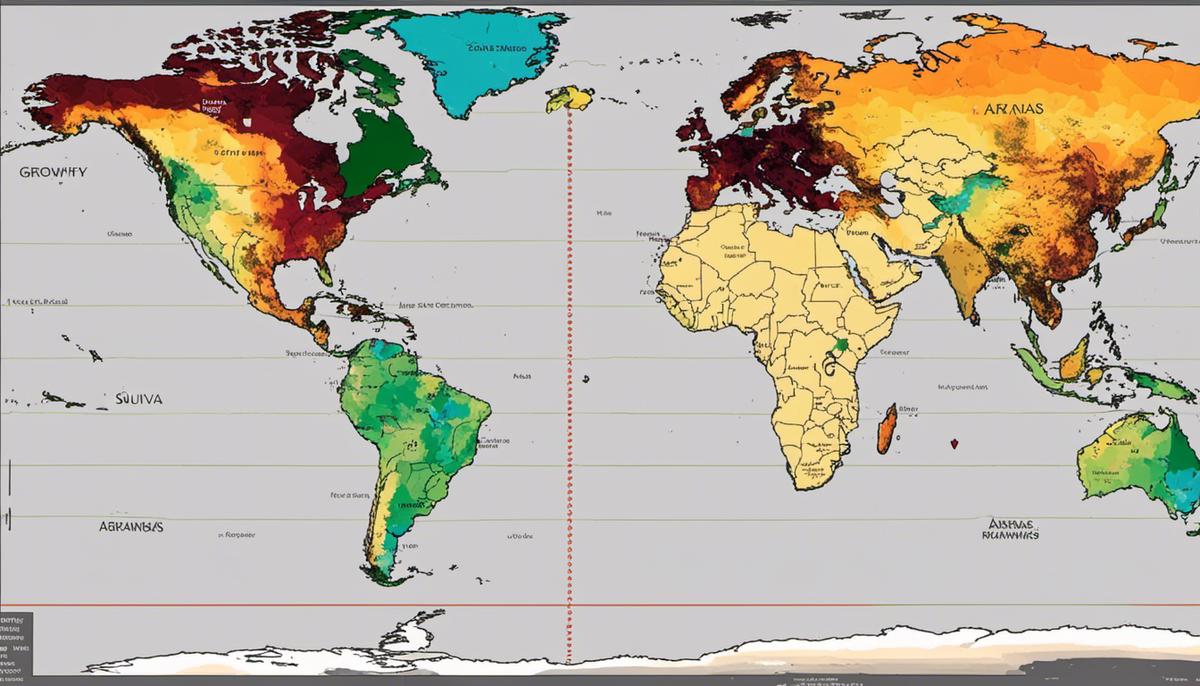
In the vibrant landscapes of the Natural State – Arkansas, rests a stunning array of plant life, reflecting the diversity and beauty of the state’s unique ecosystem. Understanding the hardiness zones specific to this region and their significance is key for anyone seeking to engage in botanical endeavors within its borders. Our journey dives deep into the intricacies of these zones, their impact on plant selection, growth, and survival, and Arkansas’ individual characteristics related to its climate and geography. As we explore the far-reaching influences of temperature ranges, precipitation, and soil types, we lay the groundwork for an in-depth comprehension of the thriving plant life characteristic to this region.
Understanding Plant Hardiness Zones
Digging Deeper: Understanding Plant Hardiness Zones for Supreme Arkansas Gardening
Deep within the verdant heart of Arkansas, where the Mississippi Alluvial Plains meet the rolling Ozark Plateau, passionate gardeners have elevated their hobby with a nuanced bit of horticultural knowledge: plant hardiness zones.
For those looking to mold Mother Nature’s expansive canvas into their personal colorful masterpiece, understanding these climate-based zones is non-negotiable – it allows gardeners to select the most appropriate plants that will flourish in specific geographic regions. It’s the benchmark that many gardening enthusiasts live, swear, and grow by!
The concept of so-called “plant hardiness zones” is owed to the US Department of Agriculture (USDA), which devised a highly detailed map, highlighting specific climate conditions across the country. This map, meticulously divided into 13 zones, is the guiding light for dedicated gardeners and amateur green thumbs alike, pointing to the floral biodiversity that can thrive in their respective corners of the American Eden.
Each zone reflects the region’s average annual minimum winter temperature, with each subsequent zone representing a 10°F warmer threshold. For instance, the frosty Zone 1 is where winter temps can plummet to an inhospitable -60°F, while in the balmy climes of Zone 13 winter never dips below 60°F.
Now let’s zoom into the vibrant green heart of America – Arkansas. Spanning from Zones 6b to 8a, this state boasts a generous growing climate that welcomes a diverse array of plant life – from the vibrant Tulip Poplar to the adaptable Butterfly Weed.
Did you fall in love with the elegant wisteria in a plant catalog? Check its suitable hardiness zones before purchasing as this beautiful vine doesn’t find it suitable in colder Zone 6b. Likewise, even though the Bluets can survive the shivery temperatures of Zone 3, it may not fare well if Arkansas experiences an abnormally hot season.
Consequently, knowing which hardiness zone you’re gardening in is essential, as it directly impacts not just the survival, but the thriving livelihood of your plant-nursery. Planting outside a plant’s preferred zone could condemn it to an ill-fated destiny no matter how dedicated your care may be.
While these zones do offer invaluable advice, remember they aren’t garden gospel. They won’t consider factors like microclimates, soil fertility, or rainfall. Your knowledge as a local gardener is just as important as the hardiness zone as it offers the nuanced details, the plant’s data simply can’t.
So, as you set forth on your horticultural journey in beautiful Arkansas, equipped with the USDA hardiness zone map, remember the famous words of renowned botanist Luther Burbank, “Flowers always make people better, happier, and more helpful; they are sunshine, food and medicine for the soul.” Happy gardening, Arkansas!
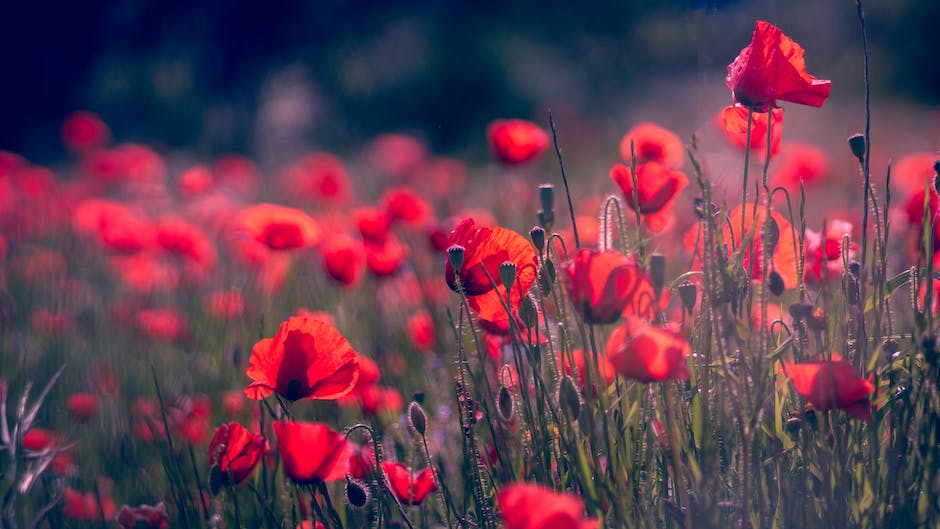
Investigating Arkansas’ Specific Hardiness Zone
Understanding Arkansas’ Plant Hardiness Zones for Optimal Cultivation
Arkansas, The Natural State, offers a diversity within its plant hardiness zones that is simply mind-boggling. To best harness this variety, a firm grasp on how the USDA hardiness zones lay across the region is absolutely crucial. It must be noted, however, that this information is a guide, not a concrete rulebook. Gardening, after all, is all about bending the rules and experimenting.
So, you ask, what unique characteristics does Arkansas bring to the table in terms of hardiness zones? The state straddles three main zones, namely 6b, 7a, 7b, and 8a, each complementing the other and offering a wide variety of possibilities for plant cultivation. It’s like playing within a continual pulse of Nature’s variation.
Interestingly, contrary to what one might imagine, this spectrum of hardiness zones does not align neatly with geography. A closer look reveals an intricate network that mixes cool hills, temperate valleys, and mild river bottoms – an intrigue that is certainly not for the faint-hearted! This mosaic pattern, of course, opens doors to the cultivation of a magnificent variety of plants, providing endless opportunities for exploration and creativity.
However, the role of these zones is not purely advisory! Many plants have specific temperature requirements that must be seriously taken into account for successful cultivation. These temperature needs, combined with the hardiness zone information, lead us into the world of ‘climate-appropriate’ plants. For instance, in Zone 6b, the Dogwood Tree, thriving best under cooler conditions, can effortlessly flaunt its beauty. In Zone 8a, however, its cultivation might be challenging given the slightly warmer conditions.
Vice versa, Crepe Myrtles, with their exceptional tolerance of heat, perform particularly well in warmer Zone 8a, while they may struggle in the colder areas of Zone 6b. Thus, gardeners must often walk the fine line between plant selection and climate appropriacy.
But the key takeaway here is to remember that hardiness zones are only a part of the big picture. Other variables such as soil type, sun exposure and watering regimes also play significant roles. It’s like coordinating at a grand orchestra of elements that all contribute to the symphony of gardening success.
Yet, above all else, the fun of gardening lies in the challenge of all these elements. And in this grand scheme of things, understanding Arkansas’ packed quilt of hardiness zones gives anyone pursuing this fulfilling hobby an enormous creative canvas, one that continually evolves and challenges, thereby enriching not only our yards but also our lives.
Here’s to the remarkable adventure that is gardening in Arkansas – an enthusiastic journey marked not only by the reading of maps but also by the joy of continually learning from Nature herself.
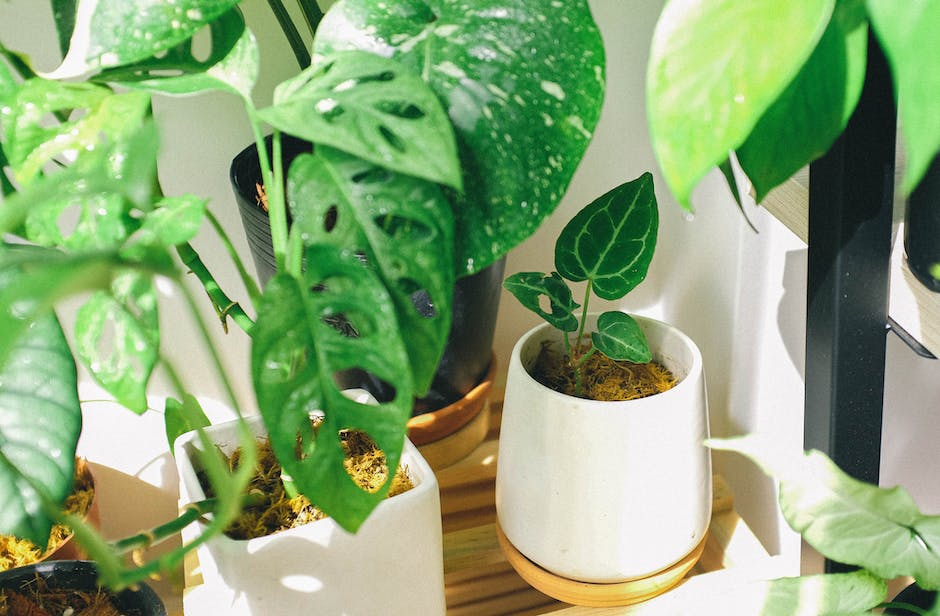
Plant Varieties Appropriate for Arkansas
Let’s dig deeper now into the soil and soul of Arkansas gardening, beyond already discussed hardiness zones, laying out the glorious flora that flourish in the Natural State.
Gardening, like any other passion, requires attention to detail, patience, and the thrill of discovery.
The climate in Arkansas’ zones, ranging from 6b to 8a, can cater to a varied palette of plants, each zone presenting unique opportunities. Always remember, you are not just picking up plants; you are setting up a stage for nature’s symphony.
Moving on to Arkansas’ zone 6b, it grapples with minimum temperatures of -5 to 0°F. The challenge? Finding plants that winter well. The solution? Welcome the hearty Peony! Capturing hearts with showy blossoms every spring, these plants are hardy enough to flourish in cooler temperatures. Similarly, Hostas, with their robust build and a plethora of varieties, can withstand the cold winters.
Shifting up the temperature scale, let’s venture into zones 7a and 7b. Gardeners in these zones are blessed with a minimum average temperature ranging from 0 to 20°F. This granted luxury of a warmer climate ripples into a wider choice of plants. One can absolutely bask in the strikingly vibrant hues of Crepe Myrtles. These trees bloom from late spring to summer, gifting your garden a frame of limitless colors. Or, opt for the charm of Daylilies! Famous for their resilience alongside their beauty, they’re an easy-to-maintain addition to your garden.
Lastly, in zone 8a, where temperatures don’t generally dip below 10 to 15°F, the plant catalog is even broader. Magnolias, a symbol of the south, thrive here. Alongside their grandiose display, they also provide a blissful aromatic experience. An unexpected champion of this zone is the Black-eyed Susan, which can tolerate the heat and reward you with a profusion of golden blooms.
There are always ancillary factors like soil type, light exposure, and specific watering needs that come into play in any zone. It’s crucial to research your prospective household members’ needs – but isn’t that part of the fun of gardening?
Take a leap and allow yourself to get swept up by the magic of gardening in the captivating lands of Arkansas. Embrace the hardiness zone mysteries, and let nature surprise you with its plot twists and its narrating power in your gardener’s journey. Remember: every leaf, every bud, and every bloom is a chapter of its own in the novel you are crafting in your backyard. Let every season paint its creativity on your canvas garden, transforming it into a timeless masterpiece.
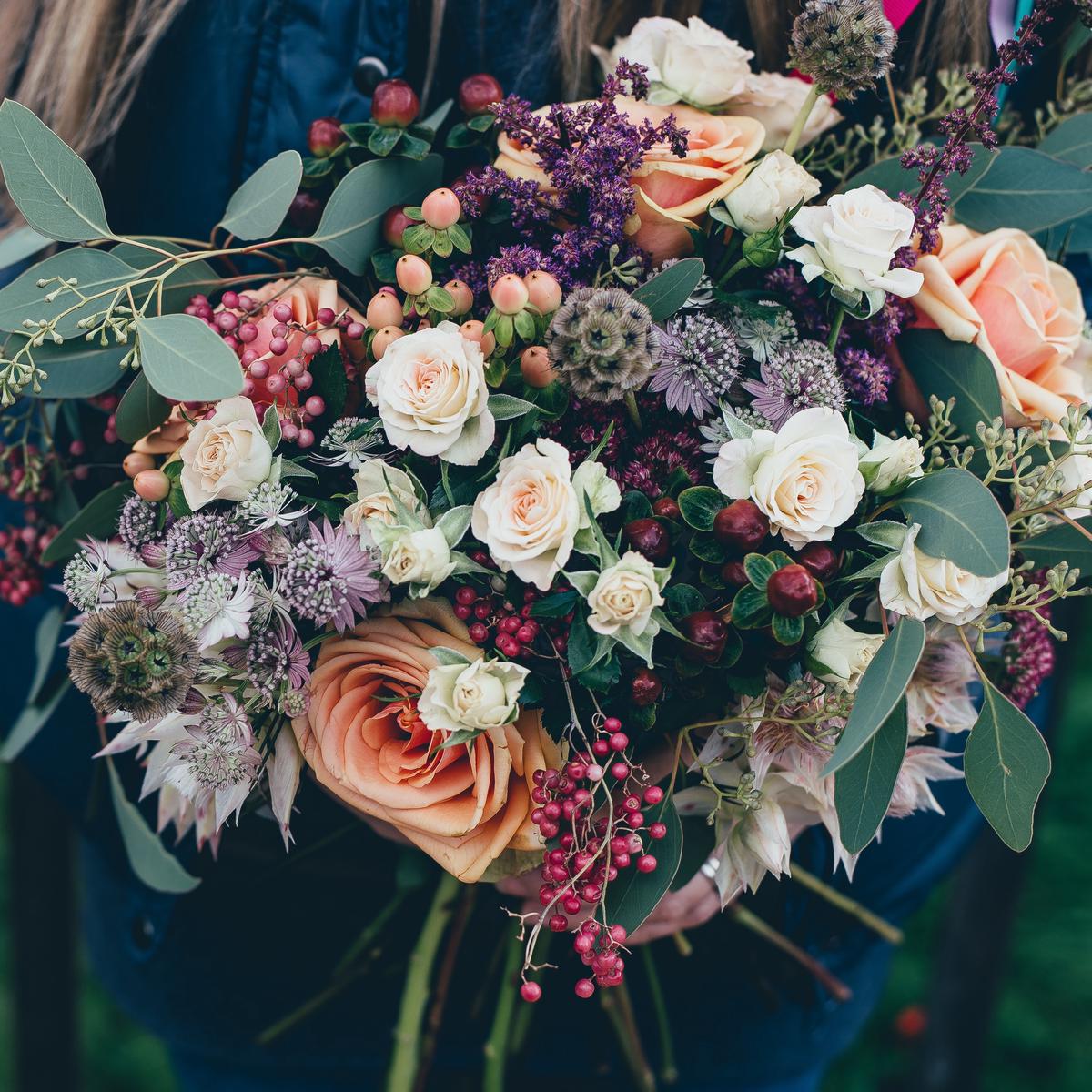
Photo by anniespratt on Unsplash
Gardening Techniques for Arkansas
Diving into the heart of gardening in Arkansas, we uncover an array of techniques that not only elevate plant growth but also transform the space into a vibrant, living tapestry. Right from the start, it’s pertinent to understand and consider the technique of companion planting. This ancient practice involves growing certain plants together to enhance each other’s growth and protect each other from pests. Particularly within the Arkansas hardiness zones, tomatoes and basil make a popular pair. Why? The strong scent of basil deters pests that typically target tomatoes. How’s that for teamwork?
Mentioning pests, organic pest control methods are an excellent way to protect plants without applying potentially hazardous chemicals. A favorite among avid Arkansas gardeners? Beneficial insects. Ladybugs, spiders, and praying mantises, to name a few, are the unsung heroes in our gardens, voraciously devouring plant-destroying pests.
Digging deeper into growth enhancement, don’t forget the potency of organic mulch. Not only does mulching suppress weed growth, but it also keeps soil temperature and moisture at optimal levels, creating an ideal environment for root development—especially valuable during Arkansas’ hot, dry summers.
Meanwhile, the use of raised beds is also gaining traction. Raised beds elevate the soil level, facilitating easier maintenance, improving soil quality, and enhancing drainage—an essential feature given Arkansas’s abundant rainfall. Moreover, by assigning specific sections to special plant families, crop rotation is a breeze! Rotating crops annually helps to reduce soil-borne diseases and keep soil nutrient levels balanced, ensuring an ever-thriving garden.
Feeling more adventurous? Try vertical garden layouts—an innovative technique that’s a God-send for compact spaces! Think grapevines on trellises, cucumbers on fences, and cascading cherry tomatoes in hanging baskets. Make sure to place vertically-grown crops in locations with ample light to ensure even growth.
Not forgetting irrigation. A consistent watering regime that mimics Arkansas’ natural rainfall can significantly boost plant growth. Top tip? Water deeply but infrequently to encourage the growth of robust root systems. Grab that watering can and get right at the base of your plants early in the morning to reduce evaporation and leaf scorching.
Wrapping things up, remember the magic formula: healthy soil equals happy plants. Regular soil tests and necessary amendments ensure your soil provides everything your plants need to flourish in Arkansas’s varying hardiness zones. Ample composting, going organic with fertilizers, and liming to correct pH imbalances work miracles in maintaining hearty plants.
In gardening, there’s always something new to learn, some technique to master. And that’s the beauty of it. The potential for growth (pun intended) is endless. Indeed, the excitement of witnessing a tiny seed transform into a vibrant life form provides a rush like no other. So, ready to roll up those sleeves, get dirty, and grow some happiness? Let’s garden, Arkansas!
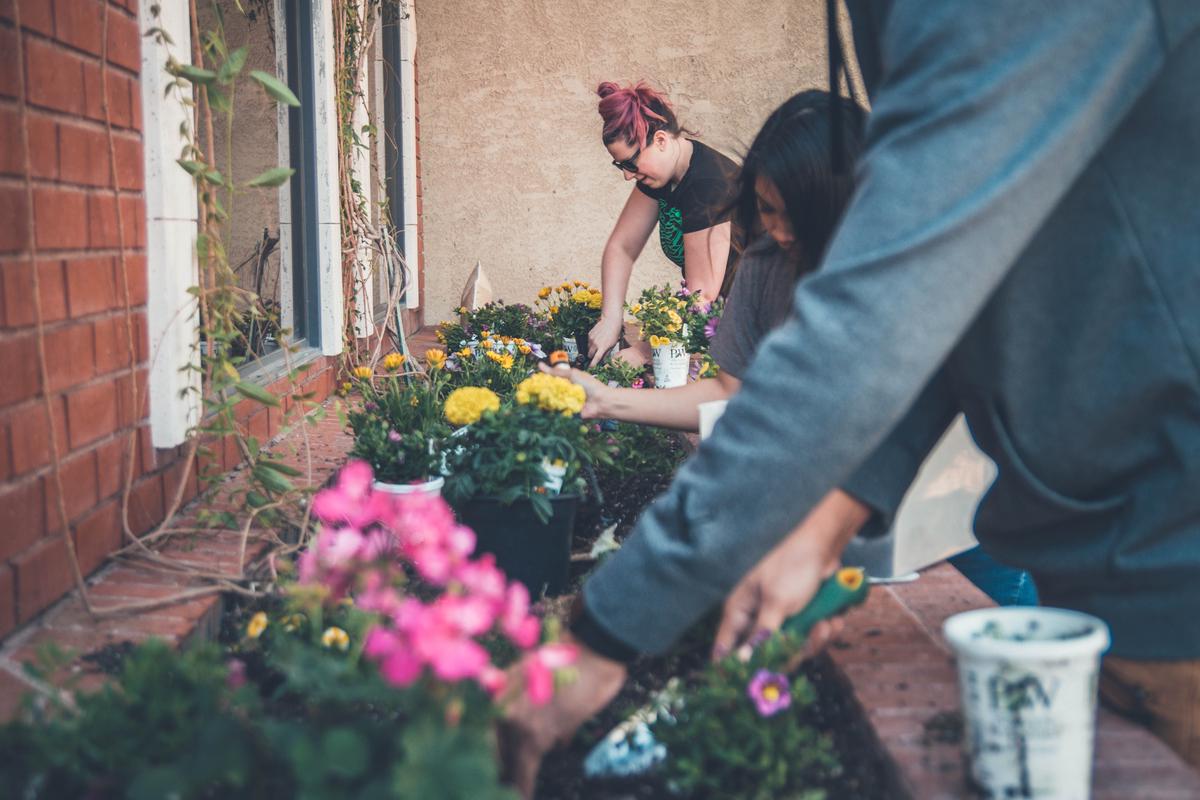
Photo by neonbrand on Unsplash
Tending to one’s garden in Arkansas, surrounded by the plant life that has been hand-picked to thrive in this environment, can be a rewarding and enriching experience. A profound understanding of the hardiness zone and the specific nuances it presents, influences not only what vegetation you may find or cultivate, but also the gardening techniques suited to these conditions. Whether we are discussing dealing with pests, resourceful ways to acquire top-notch seeds, or fostering optimal conditions for plant growth such as creating a greenhouse, one factor is clear – knowledge is the key. Ultimately, the power to transform any garden into a flourishing green haven rests upon embracing the unique challenges and bounties this region’s hardiness zone brings.



